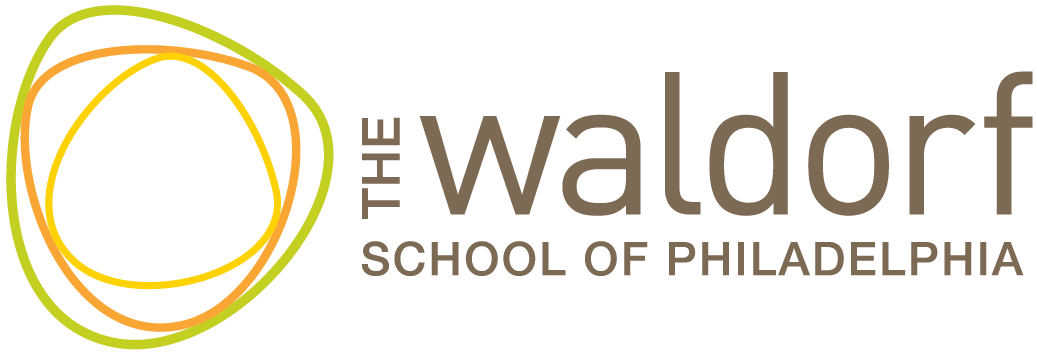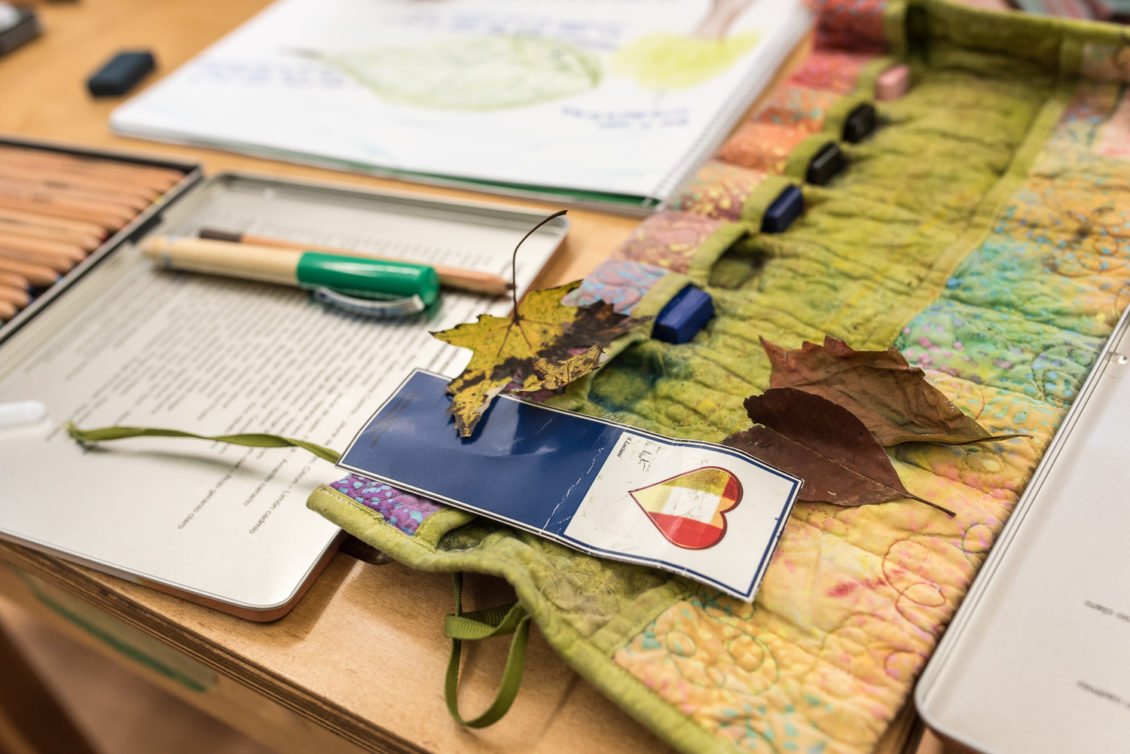Waldorf Education, A Gift at Any Age
Waldorf Education, no matter when a child starts, provides lifelong learning benefits.
The gift of Waldorf Education is joyfully received at any age. At the Waldorf School of Philadelphia, we have a successful track record of welcoming new students throughout the school year and throughout our programs. In recent school years, we have accepted new students to every single grade, including the middle school. Parents seeking an alternative to conventional education, where their children are stressed out and over scheduled, are drawn to the interdisciplinary curriculum Waldorf Education offers. Newly enrolled Waldorf students are immediately immersed in an engaging, relevant and developmentally appropriate school setting that focuses on a welcoming classroom and school community.Here are three key elements within Waldorf Education that benefit children entering Waldorf school at any age.
Relevant Teaching Methods
Waldorf Education regularly addresses the skeptic child’s underlying question: “Why do I have to learn this?” Curriculum and teaching methods work specifically to engage students in a way that matters to them so that they can bring purpose, curiosity, and resilience to the task at hand. Relevancy is about bringing intrinsic motivation and curiosity to education.One great example is found in mathematics education in primary school. Matthew Minus, as he is often called, holds acorns in his pockets but they keep falling out! Children draw these acorns -- all that he had and then all that he lost and then all that remain. This is very time-consuming. When they are shown the mathematical formula for subtraction, no one need ask, “Why is this necessary?” It is inherent. It represents all those acorns. No need for pictorial representation!
"Best of all has been math. By the end of first grade in her previous school, she had decided that "math is for boys" and that she just wasn't any good at it. She now LOVES math and is doing well."
This is simply one example of how direct relevancy can be brought to a lesson. Another for our older students would the phenomenological approach to teaching science. At its core, this approach begins science lessons with observation, moves then to experimentation, inquiry and finally a self-drawn conclusion. The traditional “tell and show” approach to science is eliminated as it immediately turns active and curious scientific thinkers into passive learners. The relevancy comes in solving the phenomenon observed before them. Teachers use Socratic Inquiry methods to guide students towards determining, “Why is this happening?” Only after their inquiries and hypothesis are put forth will they learn the formula.
Developmentally Appropriate
Waldorf teachers are thoroughly trained in, and focused on, child development. This is talked about often in the early grades when we ask, “When is the right age for academics?” Waldorf school’s outdoor movement and recess policies reflect this as well. Developmental science and neuroscience tell us children, at all ages, must have recess and move daily to learn effectively. It is not optional.Again, this is not simply a focus for our younger children. Older students have very specific developmental needs as well, and Waldorf Educators are aware of these. Middle school students, as an example, are ready to think abstractly as they enter Piaget’s formal operational stage. As these students rise to thinking critically and evaluating the greater world, they want to talk about social justice, diversity, inclusion and their impact on the community. It is essential to honor these questions, challenge these bright thinkers and guide them toward using this critical thinking in ways that are relevant to both them personally and the larger world as they search for their place in it, their truth and hope.
Multidisciplinary Curriculum
One thing that might come to mind is the means of using rhythm sticks to reinforce memorization of times tables or knitting to understand mathematical patterns. So true, but it also means focusing on character education, development of emotional intelligence, outdoor education, and so much more. At its core, it is the focus on developing the whole child — head, heart, and hands.This encourages engagement and brings joy to learning, but that is not its only purpose. Every child learns differently -- visual, auditory, kinesthetic -- and while no teacher has the time to customize learning on a student-by-student basis, they can reach the inherent curiosity and learning style of different learners by using multidisciplinary methods and approaches to teaching.
“After enrolling, my mother tells me that I ‘went from being sad to being happy."
This often requires more up-front lesson planning and making space and time in the classroom for approaches that include movement, manipulatives, or the arts. These methods are not optional, fun learning accessories in Waldorf Education. They are key to both academic rigor and inspiring a lifelong love of learning.Consider the stories of parents who transferred their children into Waldorf School midstream.
Author of The Daring Book for Girls series, and The Truth Behind the Mommy Wars, Miriam Peskowitz enrolled her daughter at the Waldorf School of Philadelphia at the end of third grade. "In my old school," she said, "The teacher always told us the steps, and we'd have to re-do things if they didn't match exactly what she wanted. At Waldorf, they encourage us to find our answers, and they don't all have to be the same." As her mom, I noticed her huge jump in being able to hold an interesting, almost adult-level conversation about a movie or theater performance we'd seen, or a book she'd read. It was an ability to notice detail and to analyze how things worked.
She fell in love with history and mythology -- and knitting(!), and told us she wished she'd started at Waldorf earlier. The other thing we noticed: how "in-her-body" she became, and how much happier with life."Education Assessment Specialist, Jessica Reeder Hurst writes “Our daughter began attending Philly Waldorf in the second grade. Given that the educational journey follows a different course in Waldorf Education than in traditional public school education, we were worried that our daughter might either be bored in some subjects or horribly behind in others. The truth has been that some areas are growth areas for her: painting, beeswax modeling, knitting. Other areas are ones that she feels confident in: reading and language arts. And the best of all, has been math. By the end of first grade in her previous school, she had decided that "math is for boys" and that she just wasn't any good at it. She now LOVES math and is doing well. It's not her strongest subject, but it's not her weakest either. Her confidence in herself and her joy in living and learning are amazing and make us so very grateful that we found Waldorf Education.”
The Poulos-Hopkins family enrolled their children in third grade and eighth grade and write: "We have experienced wonderful private and public schools, but have never seen such committed and hard working teachers. They teach and listen with all of their beings and are giving our girls such beautiful examples of how to be great in the world beyond the academics"
The best way to get to know more about Waldorf Education is to find a Waldorf school near you.Register today for a tour of the Waldorf School of Philadelphia and learn how this relevant learning environment will help your child thrive at any age and any grade.





